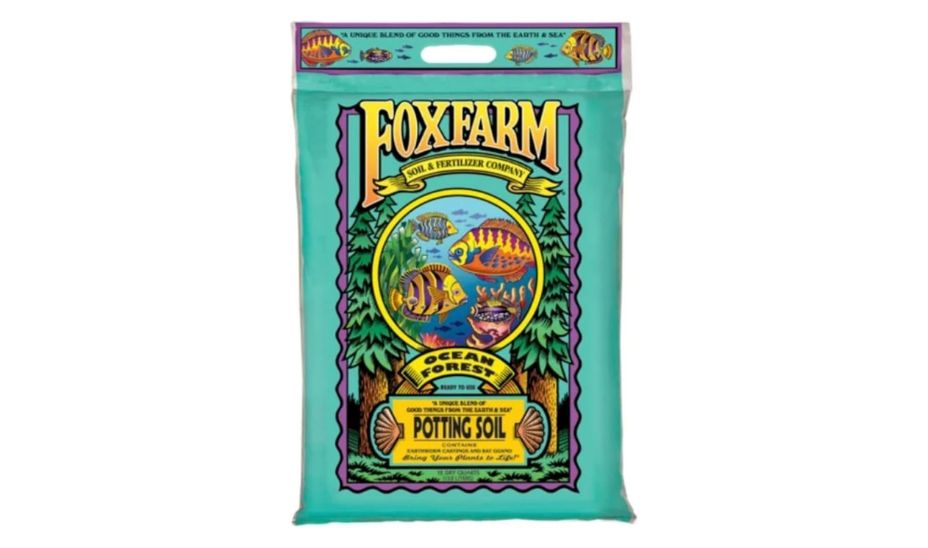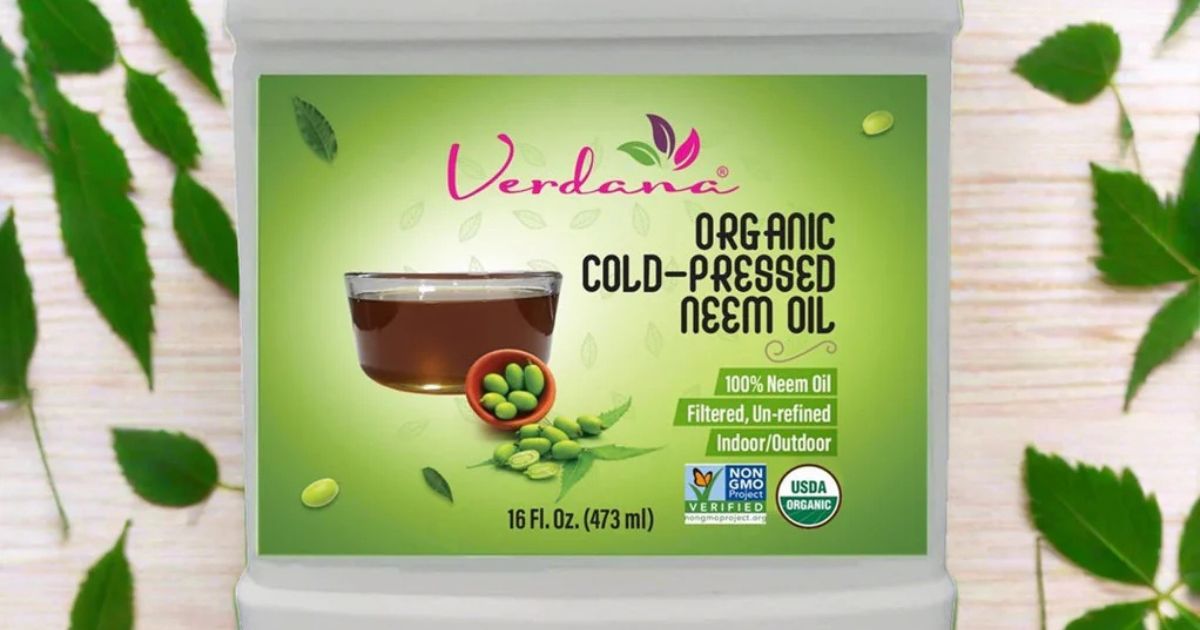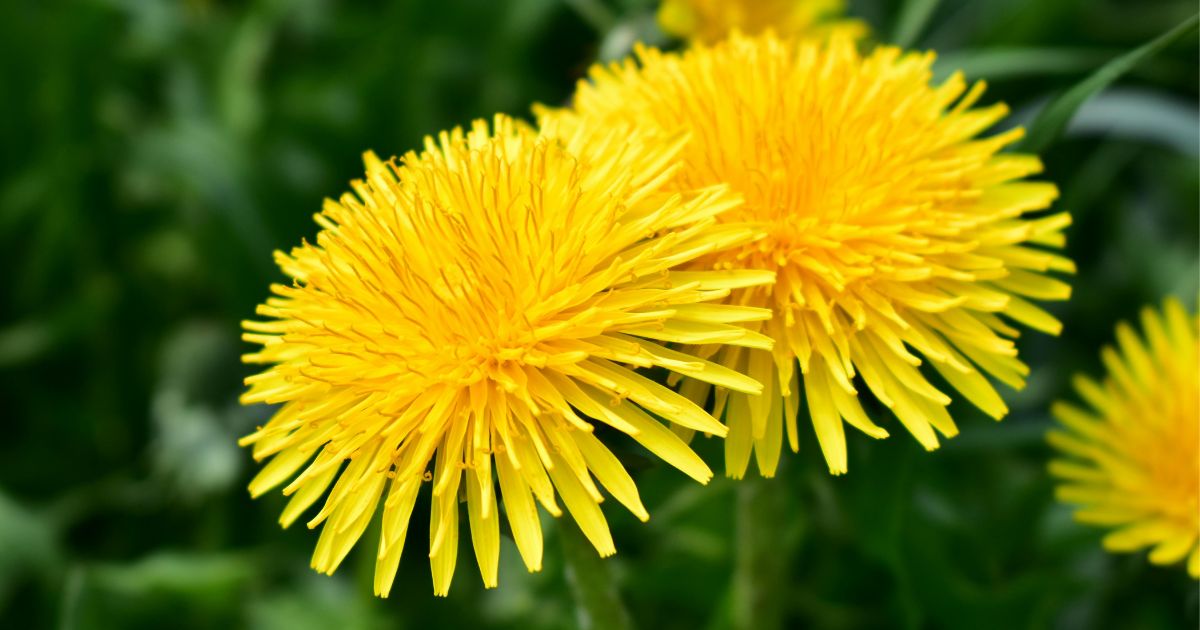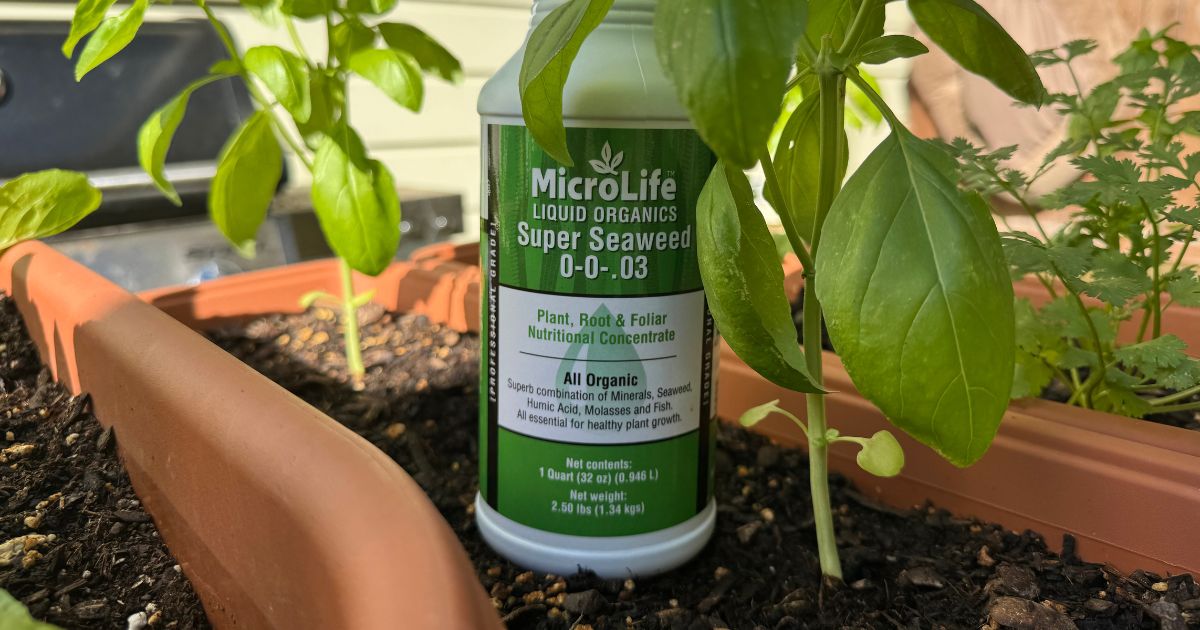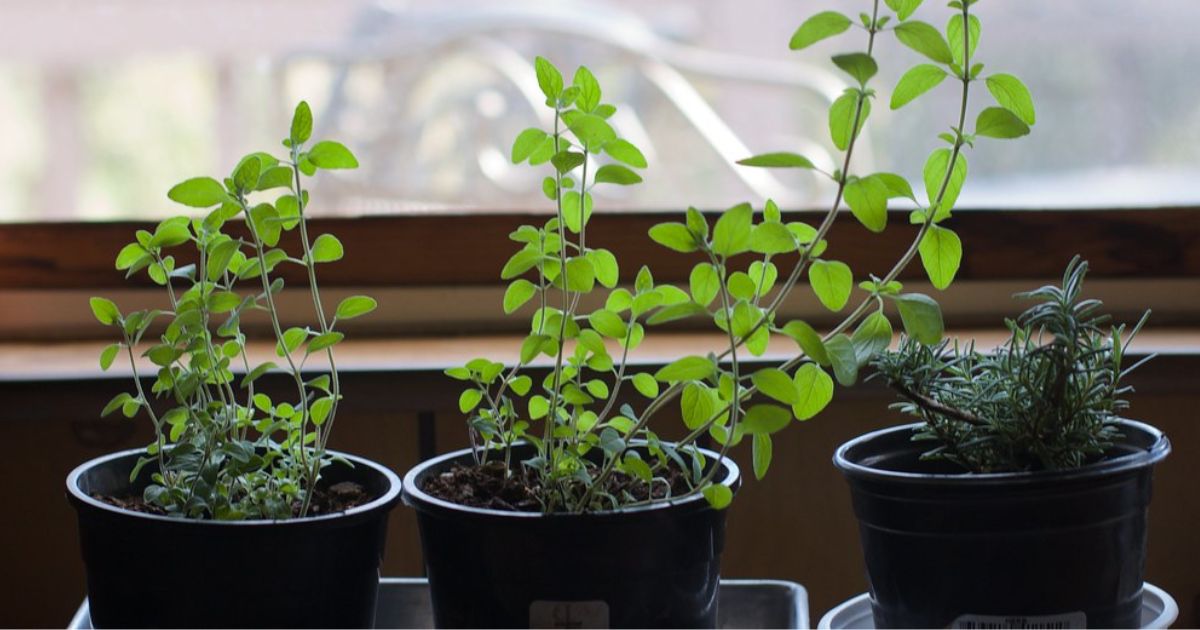
How to Grow Herbs Indoors When You Live in an Extreme Environment
Growing fresh herbs indoors is a great way to enjoy gardening, even in extreme environments. Whether you face scorching heat, freezing winters, or limited outdoor space, you can cultivate a thriving indoor herb garden with the right techniques. Here’s how to get started.
1. Choose the Right Herbs
When growing herbs indoors, select varieties that adapt well to containers and indoor conditions:
- Heat Tolerance: Basil, rosemary, and thyme thrive in warm conditions, making them perfect for hot climates.
- Cold Resistance: Mint, chives, and parsley can handle cooler indoor temperatures.
- Low Light Options: Cilantro and chervil grow well in less sunlight, ideal for darker indoor spaces.
2. Provide Adequate Light
Herbs need sufficient light to grow strong and flavorful. In extreme environments, natural light may not always be enough, so consider these options:
- South-Facing Windows: Place your herbs near windows with the most sunlight exposure.
- Grow Lights: Use full-spectrum LED grow lights to supplement natural light. Position the lights about 6-12 inches above the plants and keep them on for 12-16 hours a day.
- Rotating Plants: Turn your pots weekly to ensure all sides of the plant receive light.
3. Regulate Temperature and Humidity
Extreme outdoor conditions can affect your indoor environment. Maintaining consistent temperature and humidity levels is crucial for healthy herbs.
- Ideal Temperature: Keep the room between 60-75°F (15-24°C). Avoid placing herbs near drafty windows or heat sources like radiators.
- Humidity Boosters: Use a small humidifier, or group your herbs together to create a microclimate. Placing trays of water near the plants can also increase humidity.
4. Use Proper Containers and Soil
The right containers and soil are key to healthy indoor herbs:
- Drainage: Choose pots with drainage holes to prevent waterlogging.
- Size: Use pots that allow root growth, typically 6-12 inches deep.
- Soil: Use a lightweight, well-draining potting mix designed for indoor plants. Adding perlite or coarse sand can improve drainage.
5. Water Wisely
Overwatering is a common mistake when growing herbs indoors. To avoid this:
- Test Soil Moisture: Water only when the top inch of soil feels dry.
- Drain Excess Water: Empty the saucer under your pot to prevent root rot.
- Consistency: Herbs like rosemary prefer to dry out slightly between waterings, while basil enjoys consistently moist soil.
6. Fertilize Sparingly
Indoor herbs don’t need as much fertilizer as outdoor plants. Over-fertilizing can reduce their flavor.
- Use a diluted liquid fertilizer every 4-6 weeks.
- Organic options like fish emulsion or compost tea are gentle and effective.
7. Prune Regularly
Pruning encourages healthy growth and prevents your herbs from becoming leggy:
- Harvest Often: Snip leaves regularly to encourage bushier growth.
- Remove Dead Growth: Trim yellowing or dying leaves to maintain plant health.
8. Combat Indoor Challenges
Extreme environments can lead to unique indoor gardening challenges:
- Dry Air: Use a pebble tray with water or a humidifier to prevent herbs from drying out.
- Pests: Inspect plants regularly for pests like spider mites or aphids. Treat infestations with insecticidal soap or neem oil.
- Low Light in Winter: Use grow lights to maintain growth during shorter days.
9. Rotate Herbs Seasonally
If extreme outdoor conditions ease during certain times of the year, consider moving your herbs outdoors temporarily. This allows them to benefit from natural sunlight and fresh air before returning indoors.
Top Herbs for Indoor Growing in Extreme Environments
- Basil: Prefers warmth and bright light.
- Mint: Hardy and thrives in a range of conditions.
- Rosemary: Requires good drainage and bright light.
- Chives: Adaptable and grows well in pots.
- Thyme: Drought-tolerant and compact.
- Oregano: Low-maintenance and versatile.
Conclusion
Growing herbs indoors in an extreme environment might seem challenging, but with the right setup and care, you can enjoy a thriving herb garden all year round. Not only will your herbs add a burst of flavor to your meals, but they’ll also bring a touch of nature to your home, no matter the weather outside!
